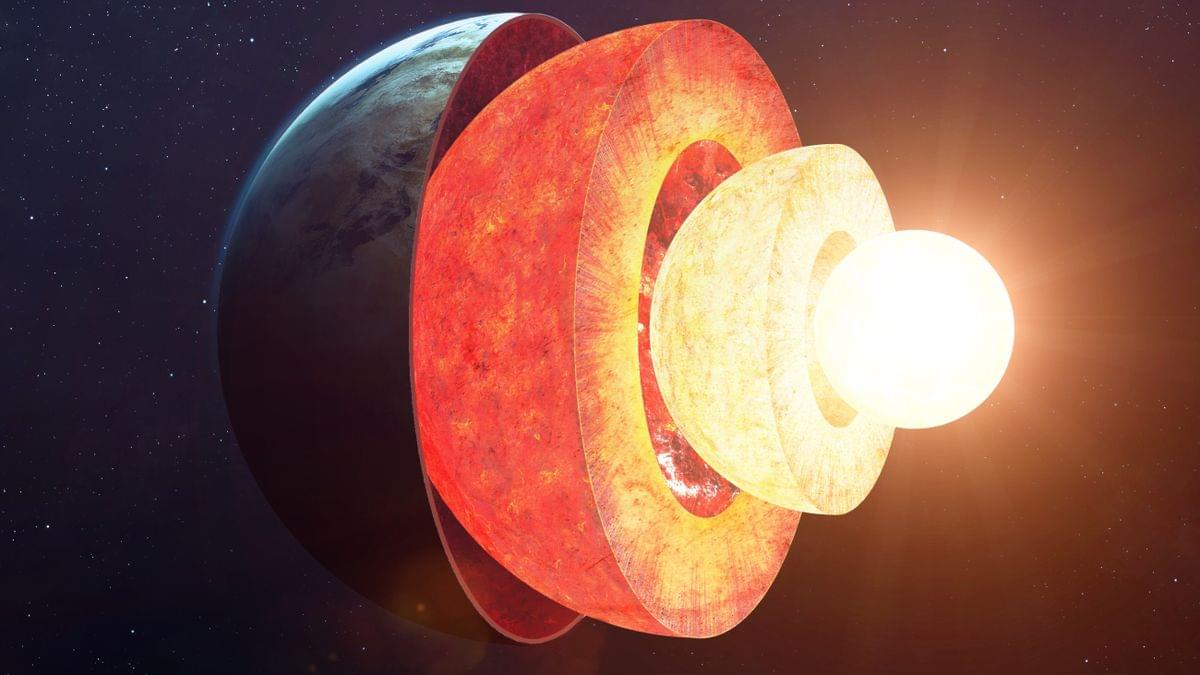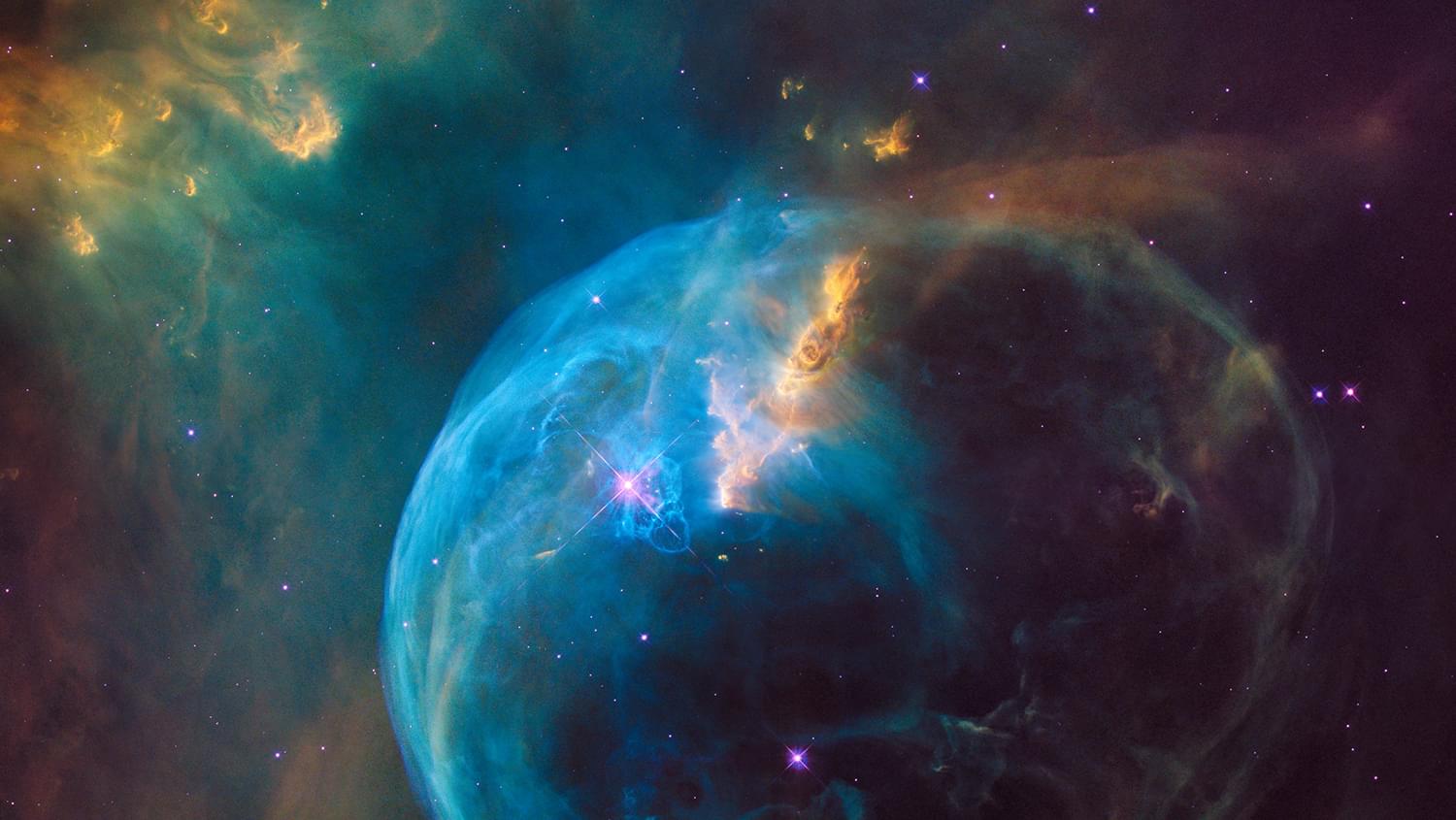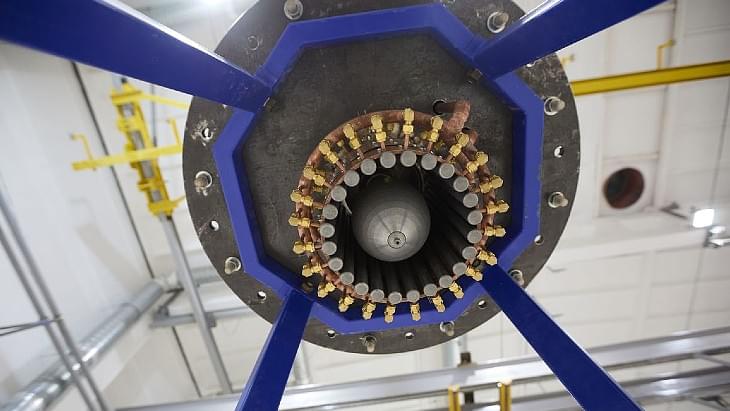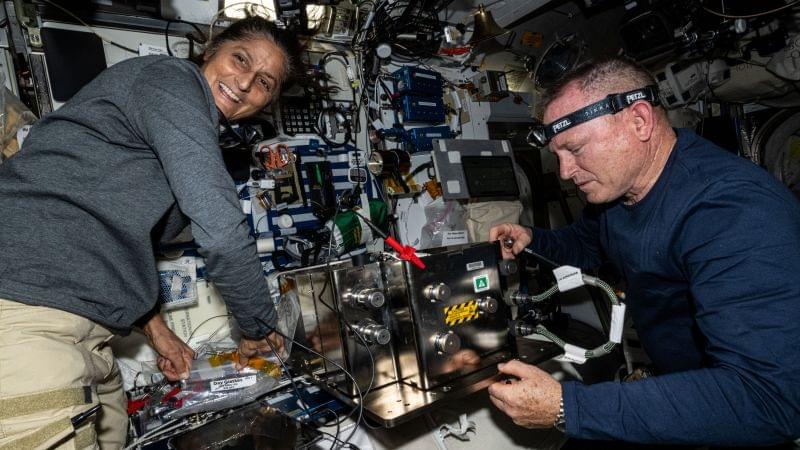Google confirms Android SafetyCore, launched in October 2024, enables secure on-device classification without client-side scanning.



A large-scale brute force password attack using almost 2.8 million IP addresses is underway, attempting to guess the credentials for a wide range of networking devices, including those from Palo Alto Networks, Ivanti, and SonicWall.
A brute force attack is when threat actors attempt to repeatedly log into an account or device using many usernames and passwords until the correct combination is found. Once they have access to the correct credentials, the threat actors can then use them to hijack a device or gain access to a network.
According to the threat monitoring platform The Shadowserver Foundation, a brute force attack has been ongoing since last month, employing almost 2.8 million source IP addresses daily to perform these attacks.

Brave Browser is getting a new feature called ‘custom scriptlets’ that lets advanced users inject their own JavaScript into websites, allowing deep customization and control over their browsing experience.
The new feature is coming in Brave Browser version 1.75 for the desktop and is very similar to the popular TamperMonkey and GreaseMonkey browser extensions, which allow users to create “user scripts” that modify the functionality of specific websites.
“Starting with desktop version 1.75, advanced Brave users will be able to write and inject their own scriptlets into a page, allowing for better control over their browsing experience,” explained Brave in the announcement.

The great solar storm of May 2024, which sparked beautiful auroral displays over much of the world, also created two new radiation belts that were observed with a satellite that came back from the dead.
“This is really stunning,” Xinlin Li, a professor at the Laboratory for Atmospheric and Space Physics at the University of Colorado, Boulder, said in a statement. “When we compared the data from before and after the storm, I said, ‘Wow, this is something really new’.”

In a groundbreaking use of teleportation, critical units of a quantum processor have been successfully spread across multiple computers, proving the potential of distributing quantum modules without compromising on their performance.
While the transfer only took place over a space of two meters (about six feet) in an Oxford University laboratory, the leap was more than enough to emphasize the feasibility of scaling quantum technology by teleporting quantum states across an ‘internet’ of connected systems.
Teleportation is a quirk of physics that only makes sense through a quantum lens, where objects exist in a blur of possible characteristics until processes of measurement force them to adopt each state.

The surface of Earth’s inner core may be shape-shifting, new research suggests.
The study, published Feb. 10 in the journal Nature, looked at earthquake waves that have skimmed the edge of the inner core, 3,200 miles (5,150 kilometers) deep. It revealed that, even when the core had rotated into a previously observed position, there were often subtle differences.


A laboratory prototype of a plasma electric rocket engine based on a magnetic plasma accelerator has been produced by Rosatom scientists, who say it could slash travel time to Mars to one or two months.
Rosatom says that the average power of the engine, operating in pulse-periodic mode, reaches 300kW making it possible to accelerate the spacecraft to much higher speeds than conventional engines.
Alexey Voronov, first deputy director general for science at the Rosatom Research Institute in Troitsk, said: “Currently, a flight to Mars using conventional engines can take almost a year one way, which is dangerous for astronauts due to cosmic radiation and exposure to radiation. Using plasma engines can shorten the mission to 30–60 days, meaning it will be possible to send an astronaut to Mars and back.”
Join us on Patreon! https://www.patreon.com/MichaelLustgartenPhD
Discount Links/Affiliates:
Blood testing (where I get the majority of my labs): https://www.ultalabtests.com/partners/michaellustgarten.
At-Home Metabolomics: https://www.iollo.com?ref=michael-lustgarten.
Use Code: CONQUERAGING At Checkout.
Clearly Filtered Water Filter: https://get.aspr.app/SHoPY
Epigenetic, Telomere Testing: https://trudiagnostic.com/?irclickid=U-s3Ii2r7xyIU-LSYLyQdQ6…M0&irgwc=1
Use Code: CONQUERAGING
NAD+ Quantification: https://www.jinfiniti.com/intracellular-nad-test/
